Sustainable Architecture: Designing an Eco-Friendly Home
Climate change is on many homeowners’ minds and how the various climate risks such as flooding, fire, and drought may affect your home. Now may be the time to turn to a more sustainable future of homeownership, and sustainable architecture is paving the way to mitigate our impact on the environment. So whether you’re looking to buy a new home that’s more eco-friendly or looking for sustainable upgrades to your existing house, we’ve got you covered. We’ll explain what sustainable architecture is and how you can make a greener future for your own home.
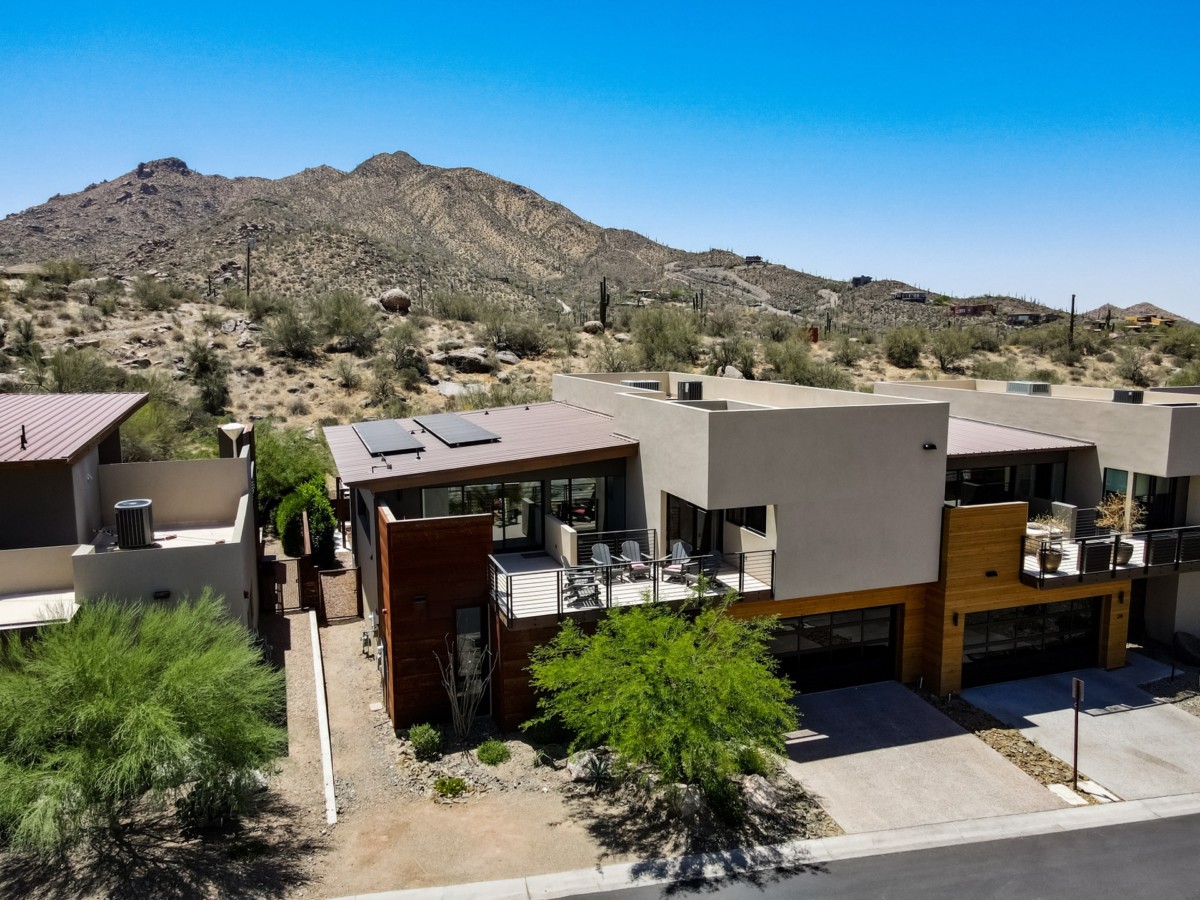
What is sustainable architecture?
Sustainable architecture is an all-encompassing term that describes commercial and residential buildings designed, built, and lived in with an eco-friendly approach in mind. Every step of the home building process takes sustainability into account – from designing and planning to choosing sustainable building materials and renewable energy sources for heating, cooling, plumbing, and blending the home into the natural environment.
History of green architecture
Sustainable architecture has its roots in age-old building techniques. Since the first Earth Day in 1970, green architecture has seen a resurgence. Now that climate change is more apparent and affects homeowners across the globe, there are many reasons for architects and homeowners to embrace more sustainable buildings and houses.
With sustainability, zero-waste, green, and environmentally friendly becoming popular terms, it’s essential to understand what exactly makes a home or commercial building sustainable.
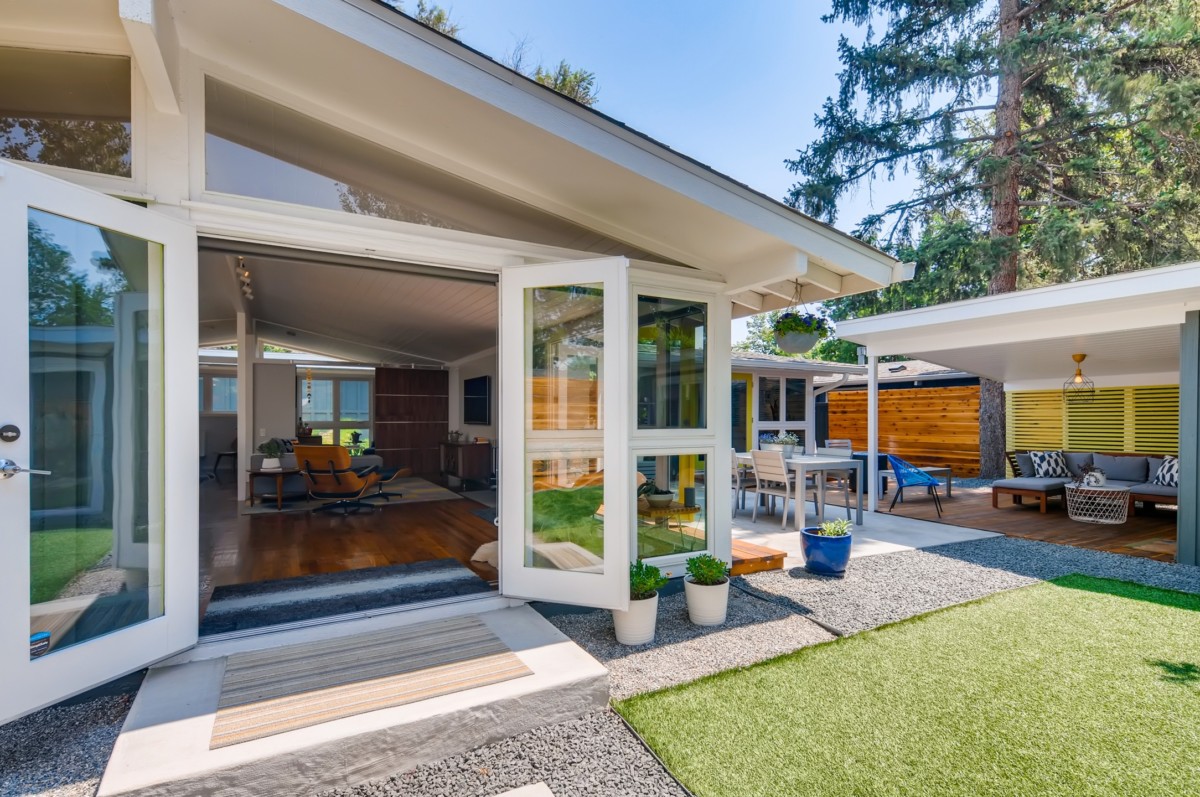
Characteristics of a sustainable building design
Sustainable architecture considers many different elements with an overarching focus on our impact on the environment. From using natural materials and reducing energy consumption to aiming for net-zero buildings and combating climate change, there are many ways to bring sustainable architecture into your home. Here are some of the more common characteristics of a sustainable building.
Active sustainable design
Active sustainable design is the first of many ways to increase a home’s energy efficiency. For example, active design strategies use energy sources such as electricity and gas to optimize energy consumption. These strategies include solar panels for electrical power and heating, wind power, and higher-efficiency HVAC systems. Other examples include smart home automation, Energy Star appliances, and radiant heated flooring.
Passive sustainable design
On the flip side, passive design strategies use natural elements to make a space more eco-friendly. These choices include factoring wind patterns and sun orientation into the building’s construction. During the design process, architects may choose larger roof overhangs to protect the sunnier side of the home, allowing for better insulation during warm months. Another popular passive design choice is cross-ventilation, giving homes better airflow and reducing air conditioning use during warm months. Other examples include using recycled materials, durable exterior building materials, higher efficiency windows, and rainwater collection systems.
Green building materials
Many green building materials can help achieve a more sustainable home. Green building materials are typically derived from natural materials and renewable sources. They can help reduce a home’s energy costs in the long run. Some of the most common green materials include cork, bamboo, stone, straw bale, and adobe brick. Similarly, you can also incorporate recycled materials like recycled plastics and reclaimed wood into your home’s design.
Recycled shipping containers are another example of an innovative sustainable material. You can build an entire tiny home from a recycled shipping container, or you can construct your home from pieces of recycled shipping containers.
Green roofs
Green roofs are more common in larger residential buildings like apartment complexes rather than single-family homes. Typically, green roofs feature a rooftop garden or grassy area with trees and plants that help improve air quality and reduce a building’s temperature.
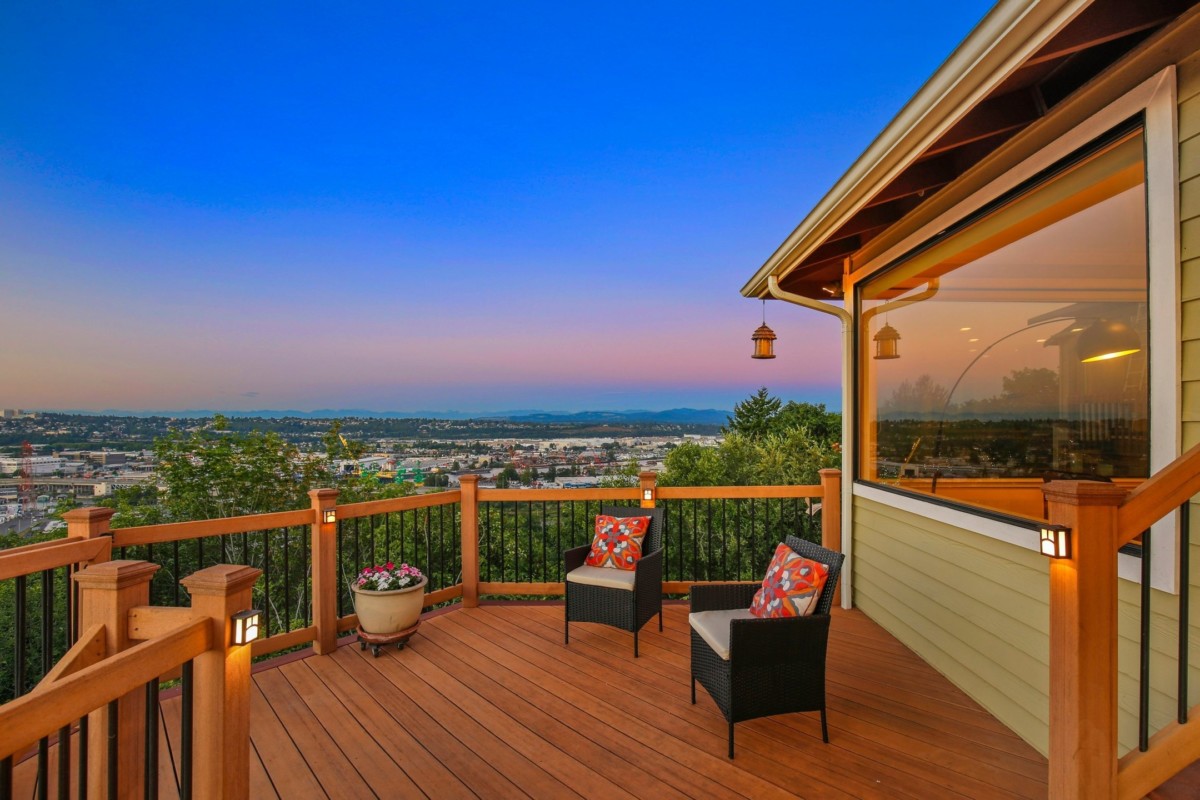
Renewable energy
Another characteristic of an eco-friendly building design is the use of renewable energy. The most popular example of renewable energy is none other than solar panels. Solar panels can be used in a few ways to power your home, such as electricity, water heating, and air conditioning. Note that solar panels take energy from the sunlight, so they won’t work when the sun is set.
Another example of renewable energy is geothermal energy systems which use the earth’s temperature to generate power into a home. This is commonly done with an air source heat pump. Air source heat pumps transfer heat into your home rather than converting it from a fuel source. There are different types of air source heat pumps, so speak with an HVAC expert specializing in energy-saving technologies to determine which is best for your home.
Eco-friendly and native landscaping
Eco-friendly landscaping aims to reduce energy consumption used in traditional landscaping while also helping the environment. Examples of eco-friendly landscaping include reducing water usage, reducing fertilizer and pesticides, composting, growing your own vegetables and fruits, and strategically planting native plants or plants based on their need for sun or shade.
Native landscaping incorporates plants like trees, shrubs, and flowers that naturally occur in a region into a home’s landscaping. Using native plants helps insect species and animals thrive, reduces pesticide use, and eliminates the need for fertilizers. There are many other benefits of using native plants, such as cutting water usage, reducing air pollution, and helping promote biodiversity.
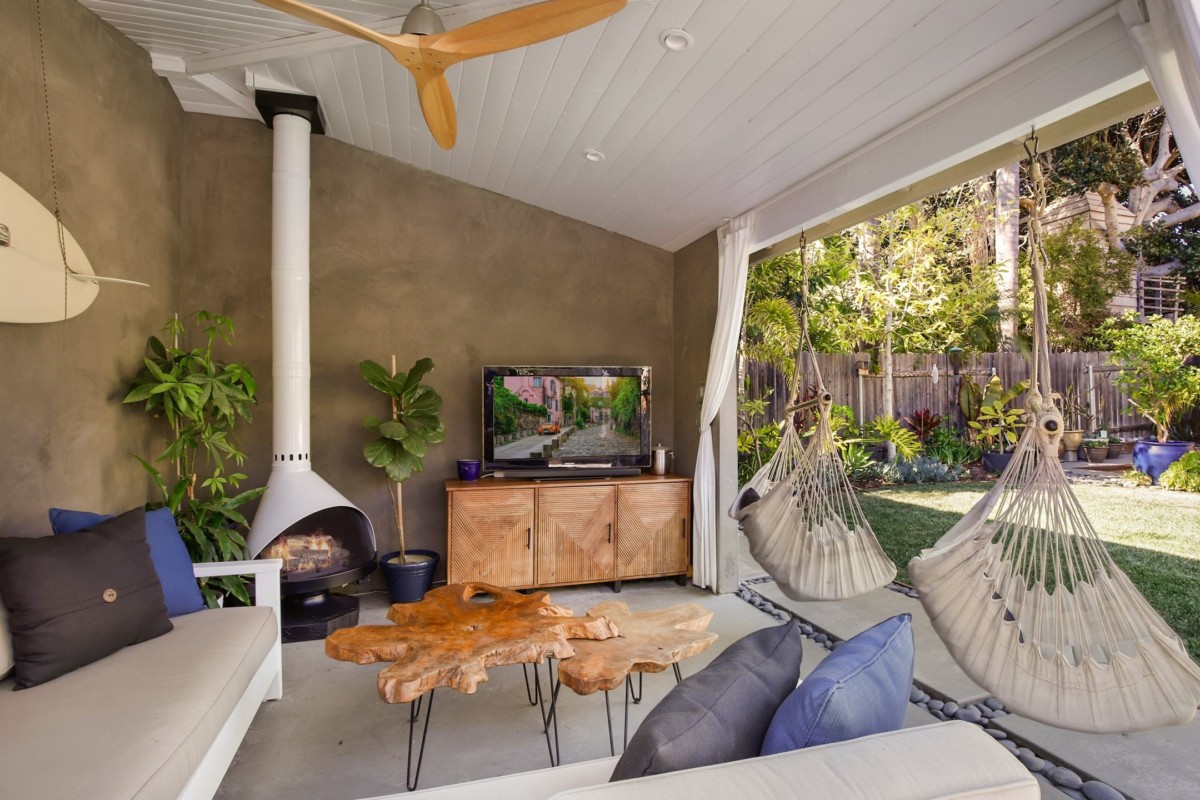
Sustainable choices for your house
If you’re not in the market for a newly constructed green home, there are lots of small changes that can make a significant impact in the long run. Here are some common sustainable swaps you can make for a greener home.
- LED light bulbs: LEDs use significantly less energy and last longer than traditional light bulbs. It’s an easy swap to make your home more energy-efficient and sustainable. You can also consider upgrading your outdoor lighting to LED or a solar-powered option.
- Smart thermostats: Installing smart thermostats can better help regulate heating and cooling in your home, especially when you’re not at home. From setting your thermostat from your smartphone to features that automatically adjust the temperature based on the weather, smart thermostats can be a sustainable choice for your home.
- Energy Star appliances: A notable name that probably rings a bell, Energy Star appliances help increase your home’s energy efficiency. From refrigerators to dishwashers and dryers, there are plenty of Energy Star-certified appliances to choose from.
- Energy-efficient toilets or bidets: Replacing an older toilet with a more sustainable alternative can increase your home’s efficiency and reduce water use. You can look into Energy Star appliances or choose a toilet with a dual-flush system. To further reduce water and paper products, consider adding a bidet to your bathroom.
- Composting: Another common sustainable practice you can implement in your home is composting food waste. Rather than throwing out food scraps into the trash, toss these scraps into a compost bin.
- Choose recycled or second-hand furniture: This doesn’t mean replacing all your current furniture with more sustainable options, but if you’re moving into a new place and need furniture there are other options to consider. For example, you can choose a reclaimed wood dining table or a second-hand or vintage couch from a local consignment store.
These are just some of the countless changes you can implement to make sustainable living that much easier.
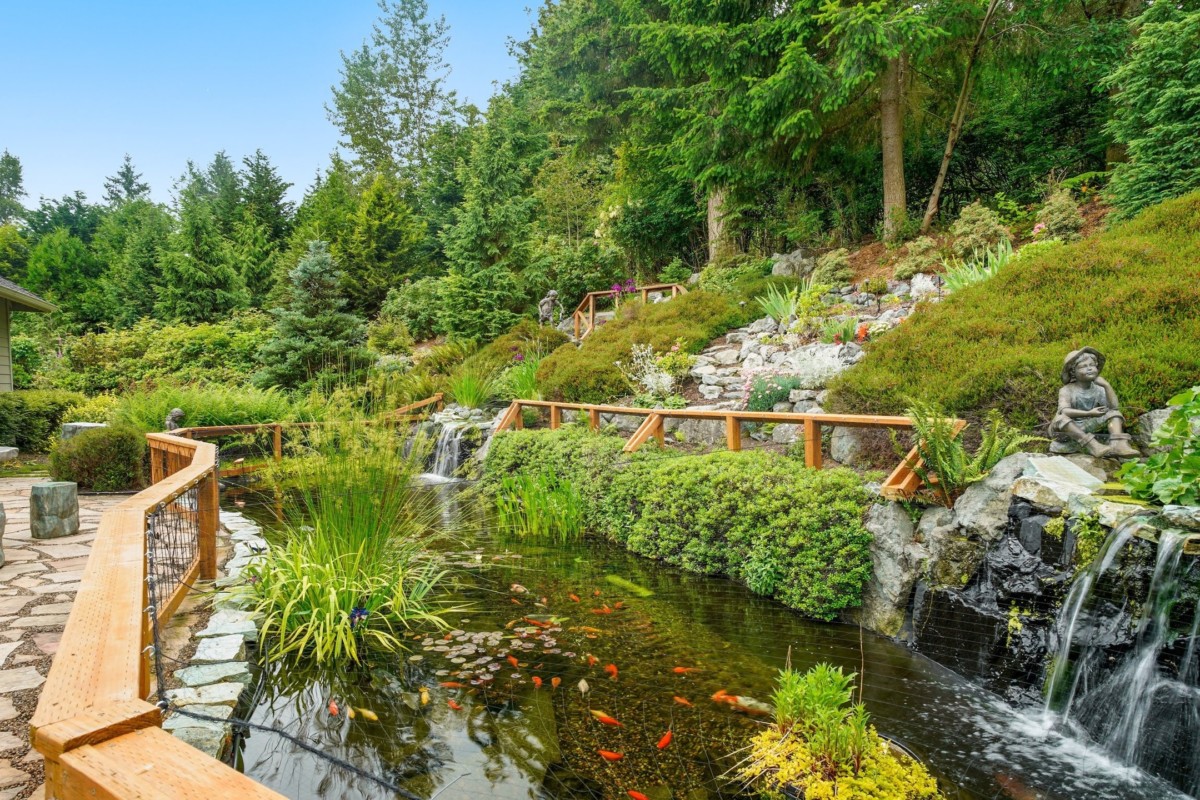
Benefits of green architecture
Sustainable architecture doesn’t just benefit the environment, but it can benefit you whether you’re a homeowner or renter. Let’s take a look at just some of the many pros of green buildings.
Reduced energy consumption: One of the main benefits of green architecture is reduced energy production. By incorporating these sustainable technologies into your home, you may reduce your monthly energy bills.
Better indoor design: Another significant impact of sustainable architecture is improved interior design. By using materials free from volatile organic compounds (VOCs), improving your indoor-outdoor ventilation and air flow, and choosing better insulation, your home may be more comfortable to live in.
Reduced carbon footprint: Lowering your carbon footprint is another critical factor in sustainable architecture. Your carbon footprint is the total amount of greenhouse gasses – carbon dioxide, methane, and fluorinated gasses – emitted into the atmosphere. Many sustainable alternatives like LED lights and Energy Star appliances help to reduce your carbon emissions.
More durable houses: Many sustainable materials are lower maintenance and have better durability than standard construction materials.
Lower water usage: You’ll likely use less water in a sustainably designed home. Whether it’s installing rainwater collection systems, having a native landscape, or using efficient plumbing fixtures, many design elements can help reduce water consumption.

What to expect from sustainable residential architecture
Sustainable architecture is paving a path towards a greener and climate friendlier future for homeowners and renters. Many newer apartment complexes have taken a more sustainable approach to their building design. When apartment hunting, you may come across buildings that are LEED-certified which are buildings that, “save money, improve efficiency, lower carbon emissions and create healthier places for people.” A building may be platinum, gold, silver, or certified based on the number of points a building has that “address carbon, energy, water, waste, transportation, materials, health and indoor environmental quality.”
As climate change affects more communities and more homes become at risk of drought, fires, and extreme climate events, it’s important to evaluate your home’s sustainability efforts. If you’re on the search for a new construction home, consider working with architects and construction companies that use sustainable practices or materials.
If you’re living in Dallas, TX or looking for a rental home in Seattle, WA, consider implementing more sustainable options. Whether that’s upgrading appliances to a more environmentally friendly option or even something as simple as composting, there are plenty of options you can choose from. And if you’re looking to buy a new home, consider one built with sustainable architecture in mind.
The post Sustainable Architecture: Designing an Eco-Friendly Home appeared first on Redfin | Real Estate Tips for Home Buying, Selling & More.
